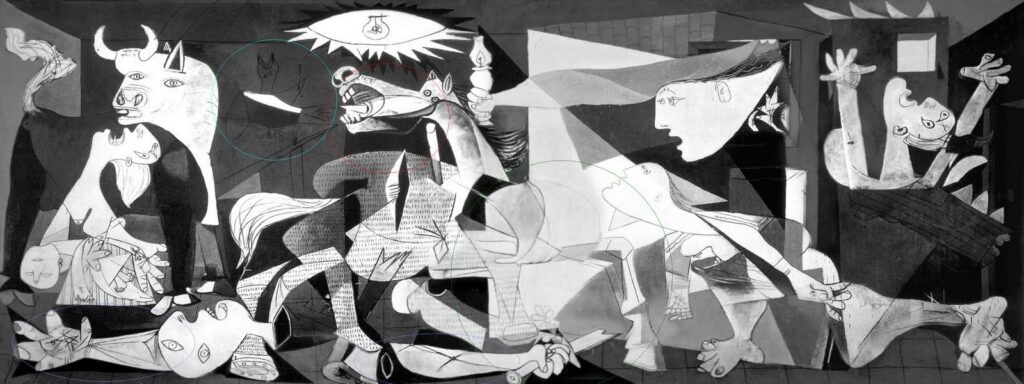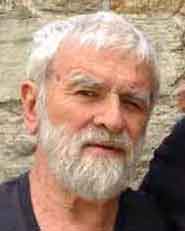Other than indigenous or primitive anarchism, there were only two temporarily successful anarchist experiments.
The first one was in Ukraine, during the Russian and Ukrainian Civil War (1917-1921). The military leader of this anarchist movement was Nestor Makhno who managed to control the southeaster area of Ukraine. The program consisted of distributing land to those who worked it, and instituting local councils which operated by direct democracy. [a caveat: anarchism is not against government; it is against a hierarchical top-down democracy — if it is a democracy — elected through mass or macro-voting]. The Makhnovchina — as the territory was know — eventually was conquered by Bolsheviks due to a lack of weapons.
The second attempt at an anarchist society occurred in Spain — particularly in Catalonia (see George Orwell’s “Homage to Catalonia”) — between 1936 and 1939. The experiment failed because the Spanish Republic lost to the coup of Franko, aided by the arms of Hitler and Mussolini (a destruction so well depicted by Picasso’s “Guernica”)

Currently there is a third attempt at forming an anarchist society in northeastern Syria, in the region called Rojava. When David Graeber, an anarchist himself, became aware of it he became terribly excited and a great supporter of this effort. And it is through him that I became aware of Rojava and the ideologue behind it — Abdullah Ocalan. I too am excited about this.
